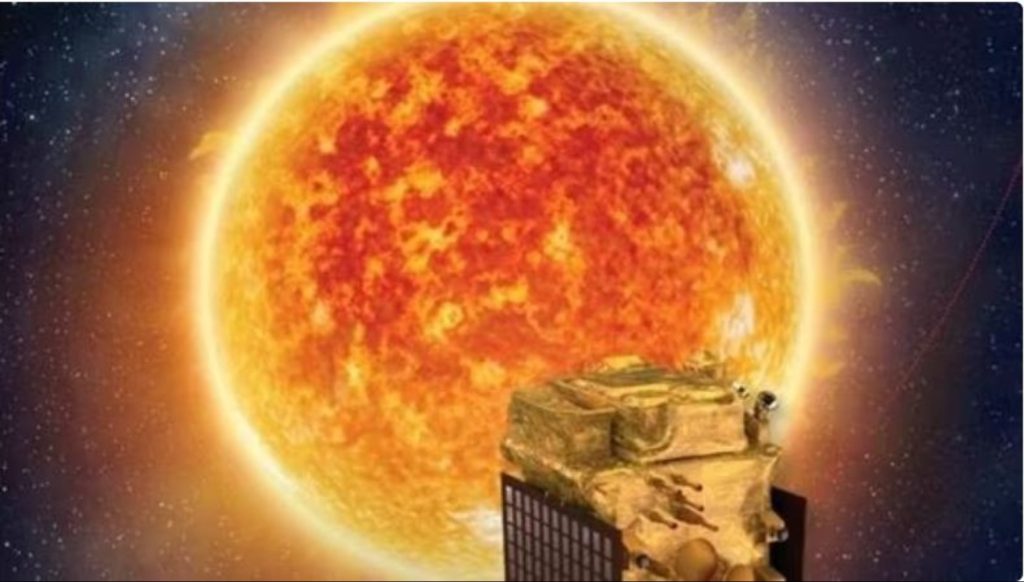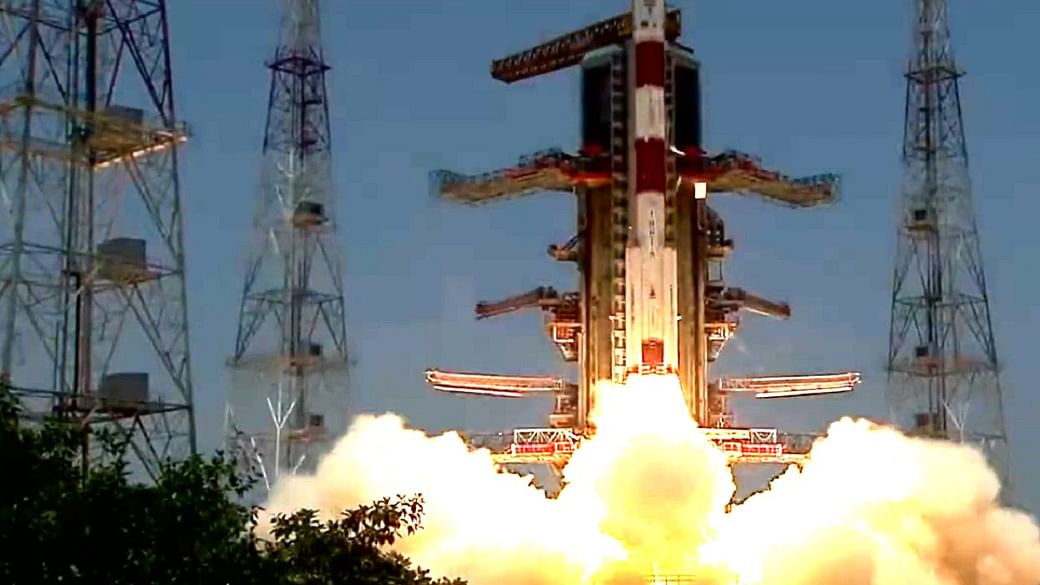Devanjana Mukherjee, Khabri Media
On September 2, the Indian space agency launched the Aditya-L1 spacecraft—the country’s maiden mission to study the Sun—from the spaceport in Sriharikota.

Pic: Social Media
The Aditya L1 mission, launched with the primary objective of studying the Sun, recently achieved a remarkable milestone by capturing the first high-energy X-ray glimpse of solar flares. ISRO noted that spectrometer on board has recorded the impulsive phase of solar flares, during its first observation period from October 29, 2023. To subscribe please click tau.id/2iy6f and access our live channel.
DON’T MISS: ISRO-NASA collaboration
The X-ray spectrometer, HEL1OS, attached to Aditya-L1 spacecraft by ISRO for its maiden solar mission, captured the first high-energy X-ray glimpse of solar flares. This achievement is a testament to ISRO’s commitment to pushing the boundaries of space research and enhancing our understanding of our closest star, the Sun.
Solar flares are sudden, intense bursts of energy and radiation that occur on the Sun’s surface. They can have a significant impact on space weather, including disrupting satellite communications and power grids on Earth.

Pic: Social Media
High Energy L1 Orbiting X-ray Spectrometer (HEL1OS), is the hard X-ray spectrometer on Aditya-L1 Solar Mission by ISRO, operating in the wide X-ray energy band of 10 – 150 keV. It is the harbinger of flaring activities on the Sun, with the ability to capture the early impulsive phase of the solar activity.
READ: Kolkata’s new space museum
The spacecraft is meant to be placed in a halo orbit around L1 of the Sun-Earth system, which is about 1.5 million km from the Earth. To be sure, this point is only 1% of the Earth-Sun distance. The mission will allow India’s scientists to unlock new insights about the centre of our solar system, by ensuring uninterrupted observations of the Sun.
In addition to high-energy X-rays, the Aditya L1 mission is equipped to observe various other wavelengths of solar radiation, including ultraviolet and visible light. These multiple observation channels allow scientists to create a comprehensive picture of solar flares, their origins, and their impact on the solar environment.
The information obtained from Aditya L1’s SFM has the potential to revolutionize our understanding of solar physics and space weather. Solar flares can influence the Earth’s magnetosphere, ionosphere, and even disrupt satellite and GPS communications.
Furthermore, the insights gained from mission’s observations will be instrumental in advancing our knowledge of stellar astrophysics. Solar flares are not unique to our Sun; they occur in other stars across the universe.




